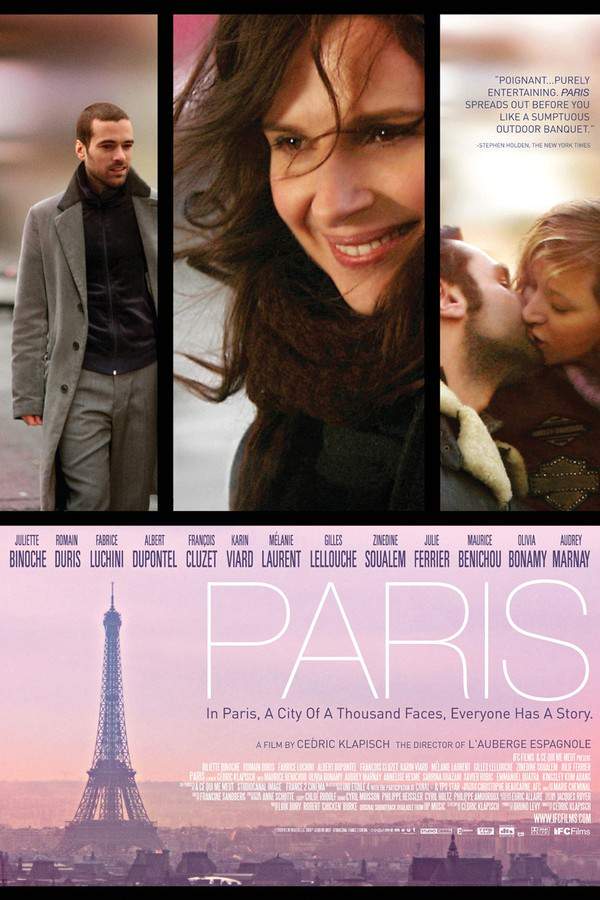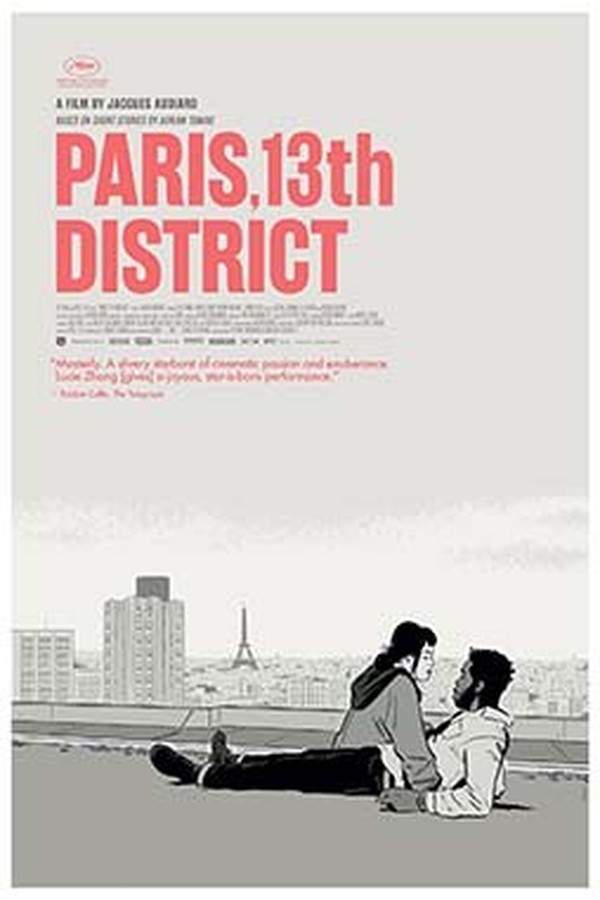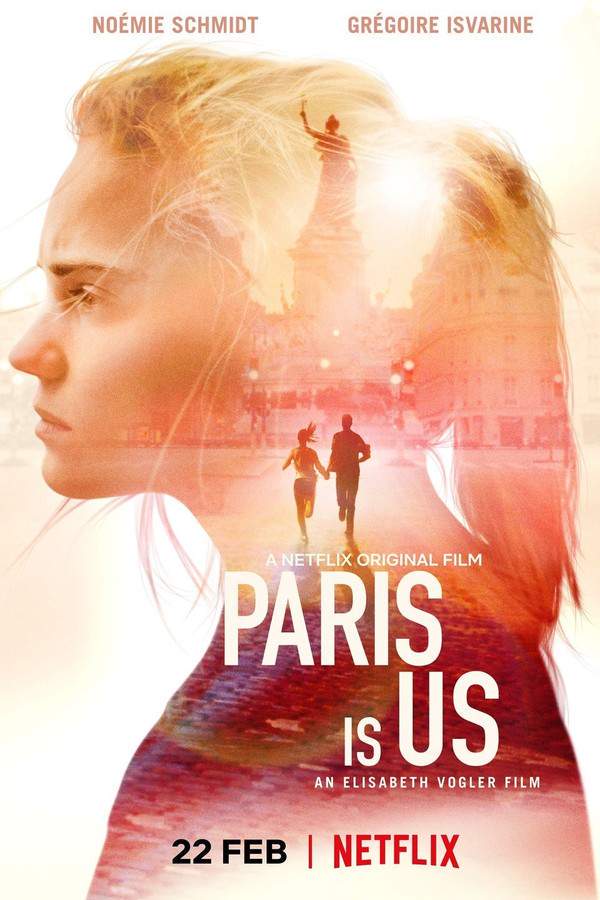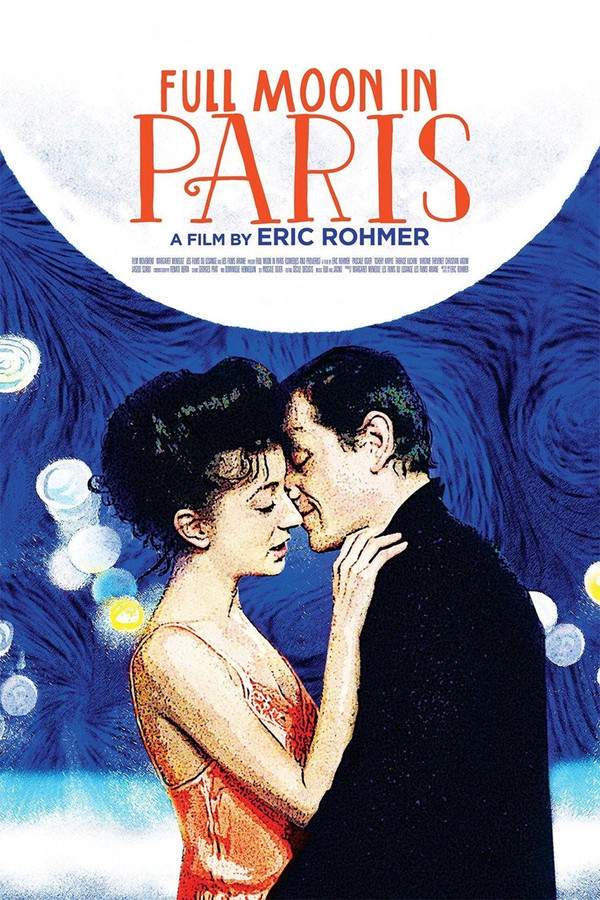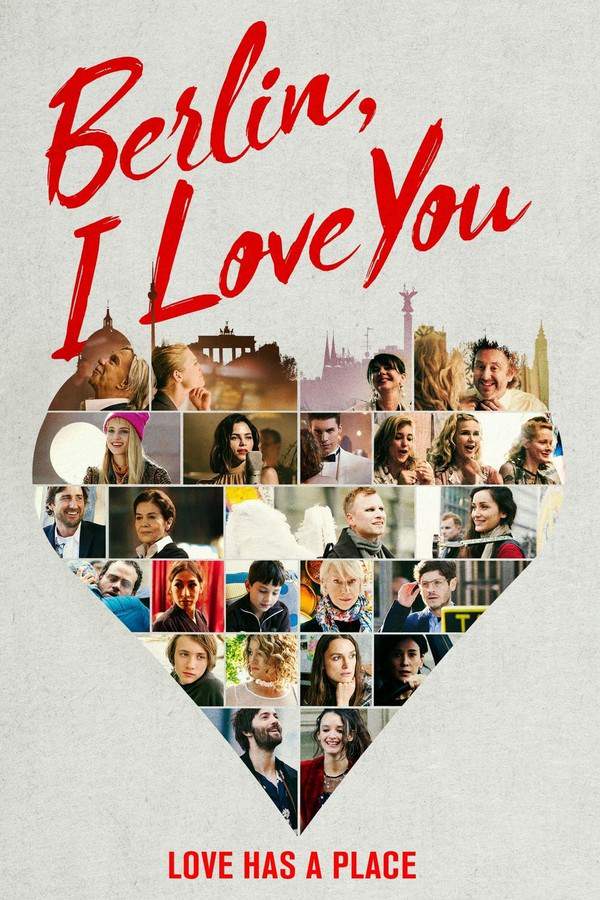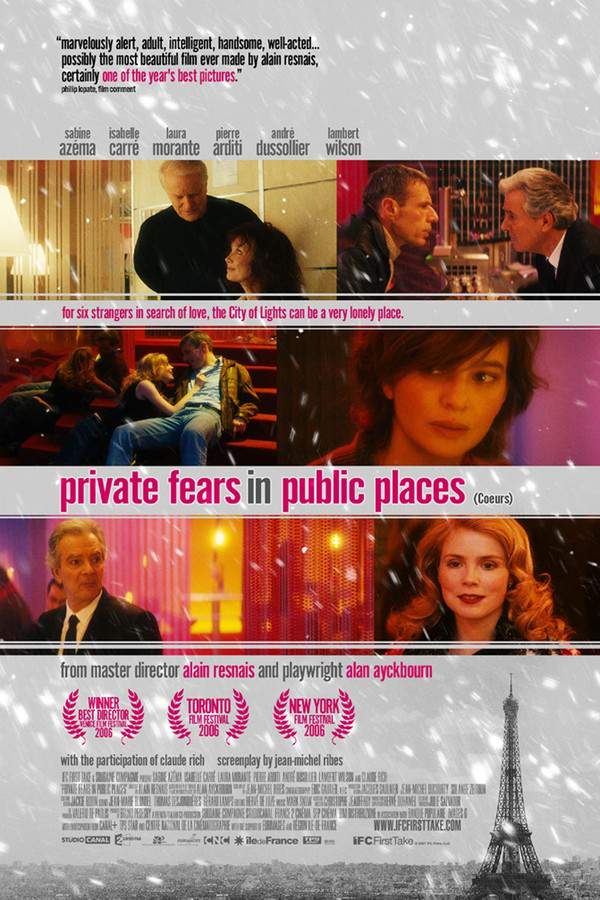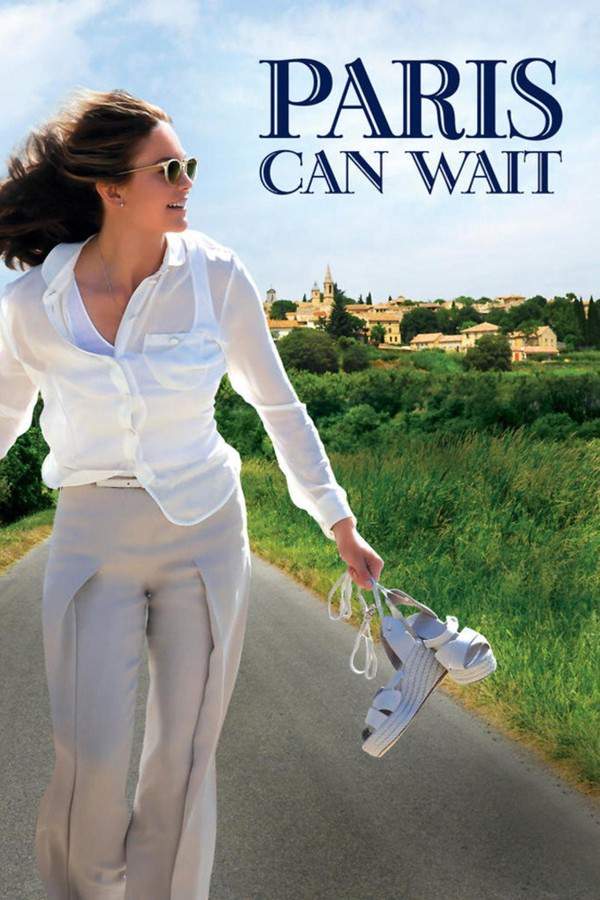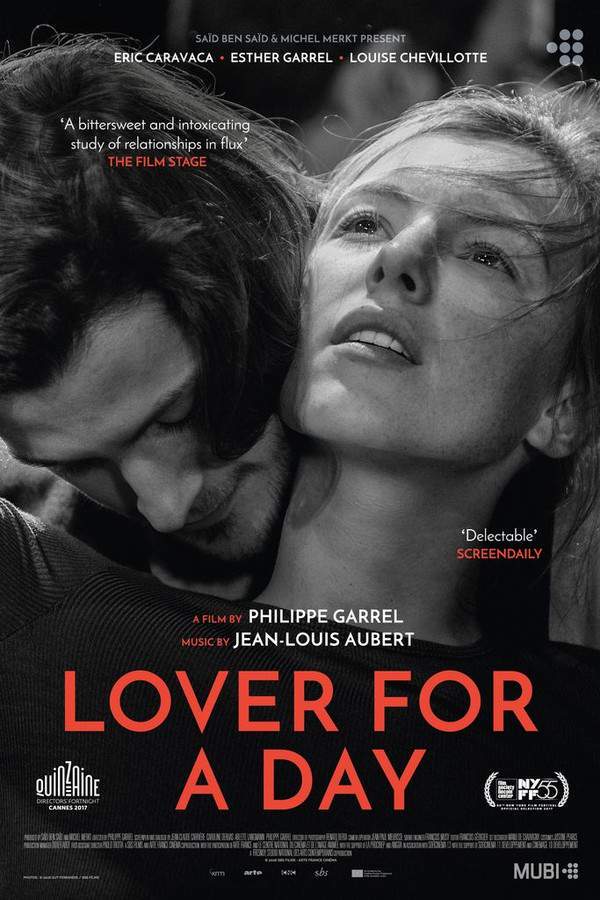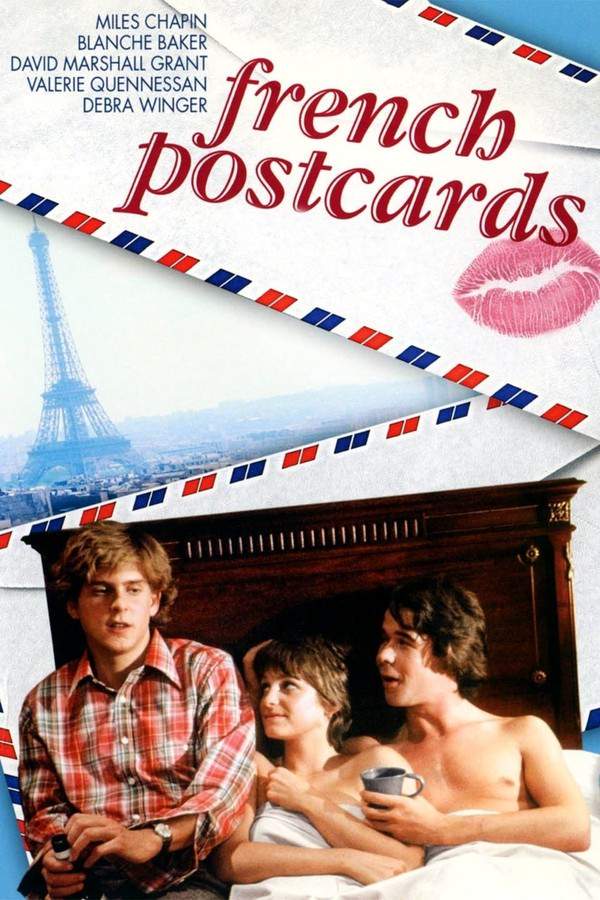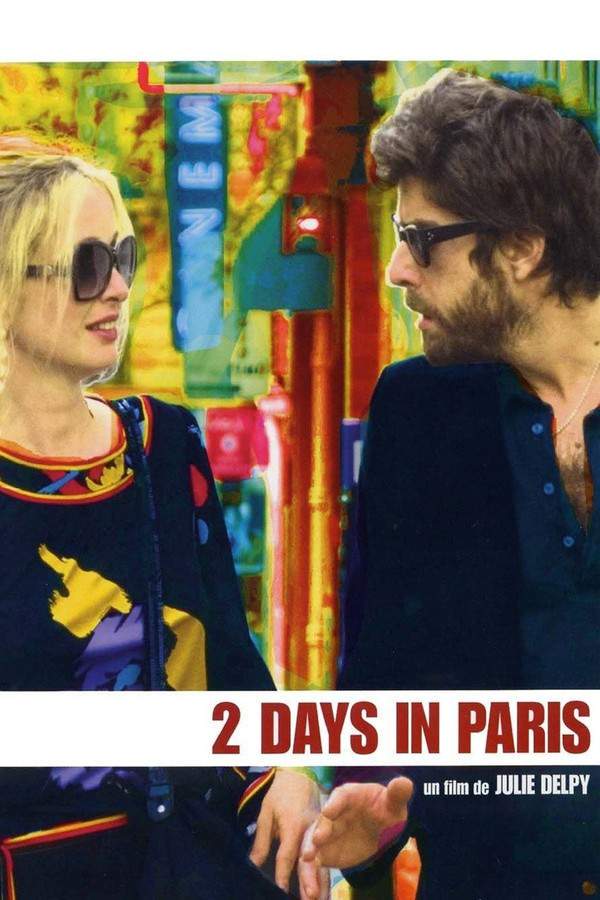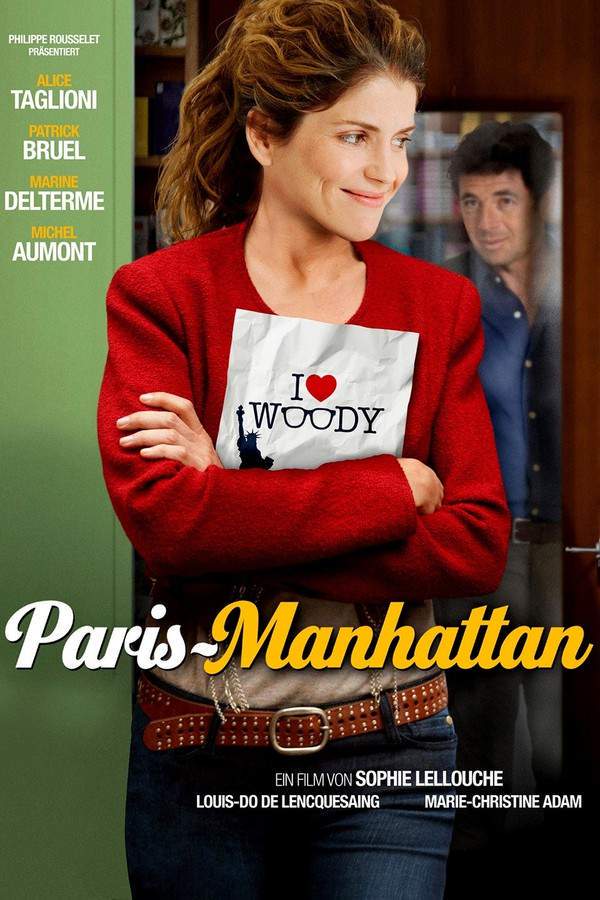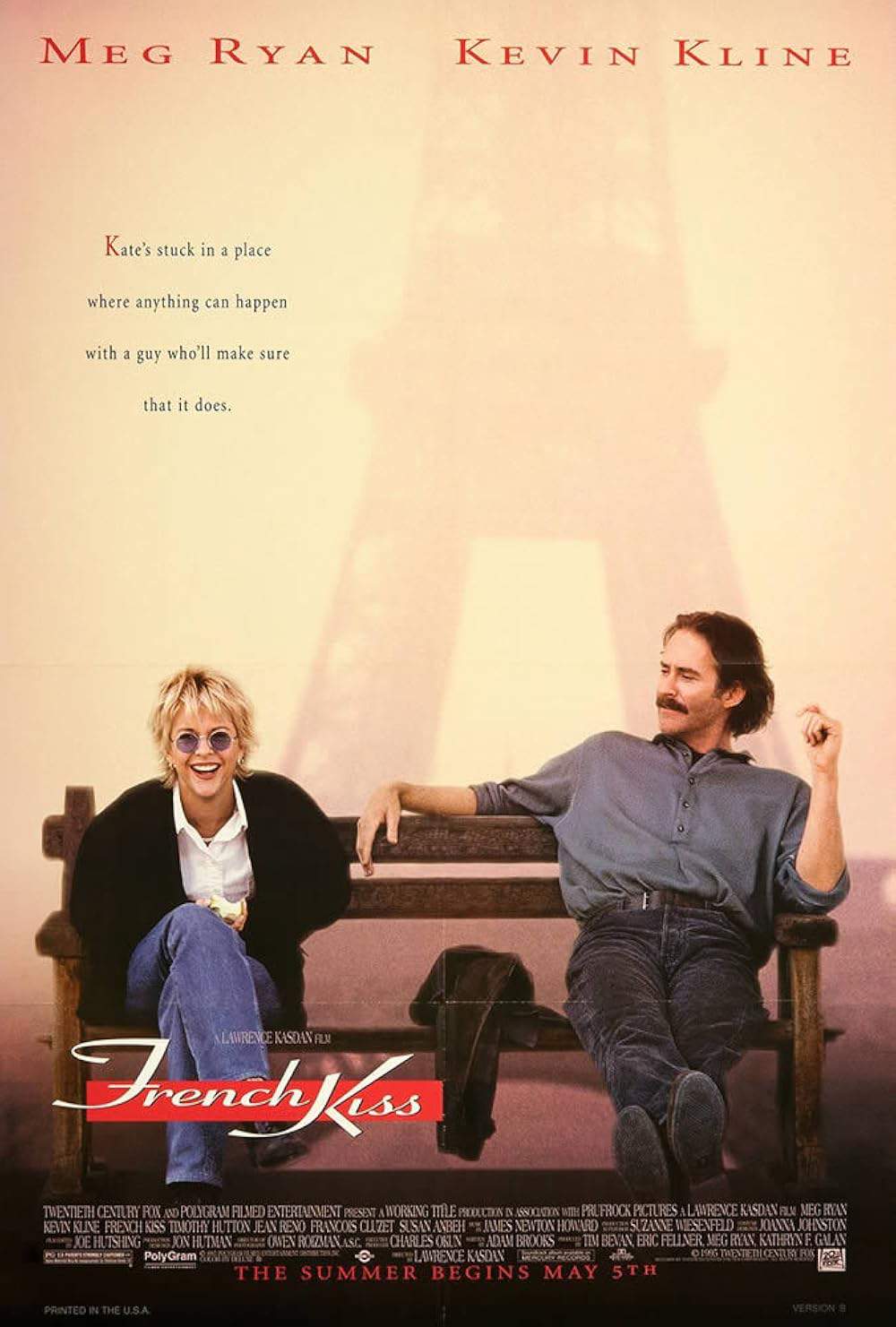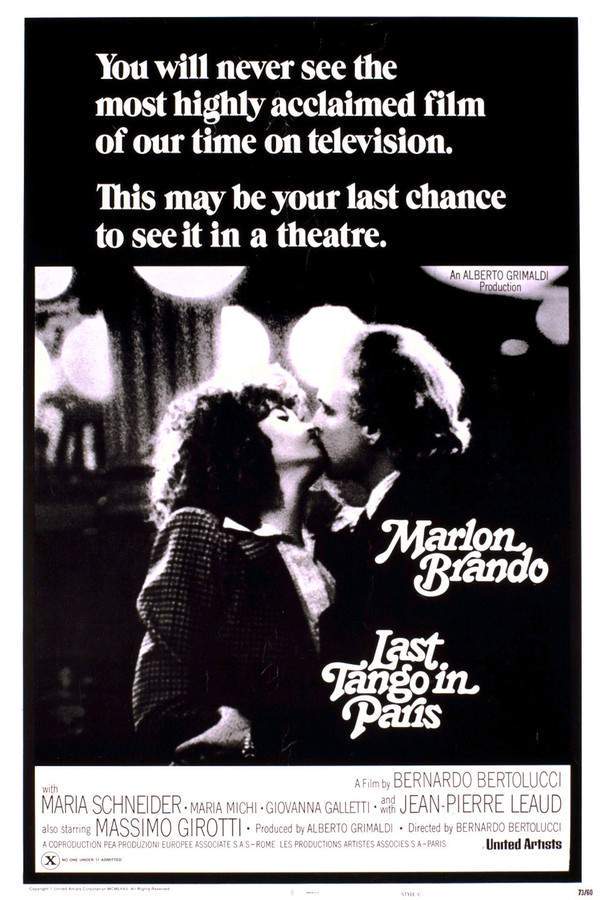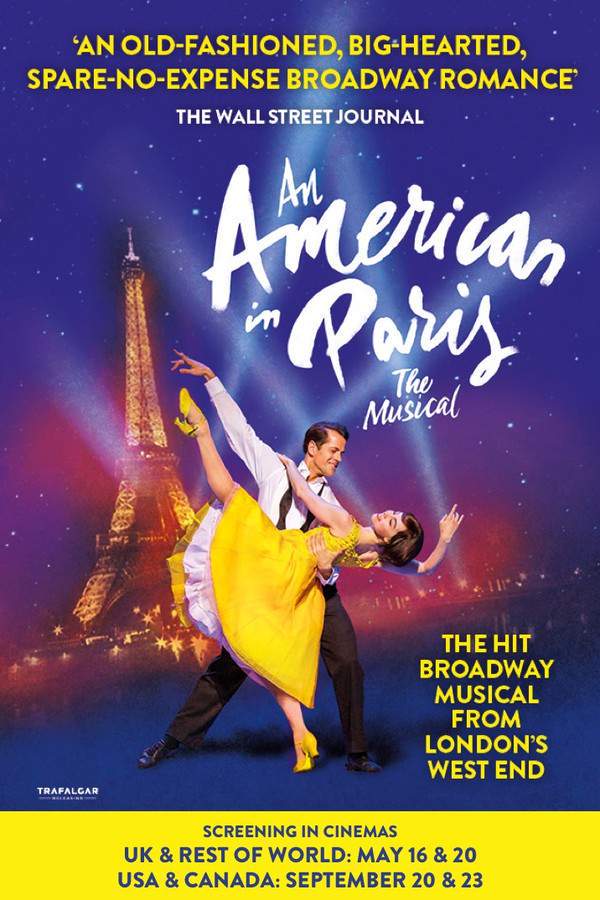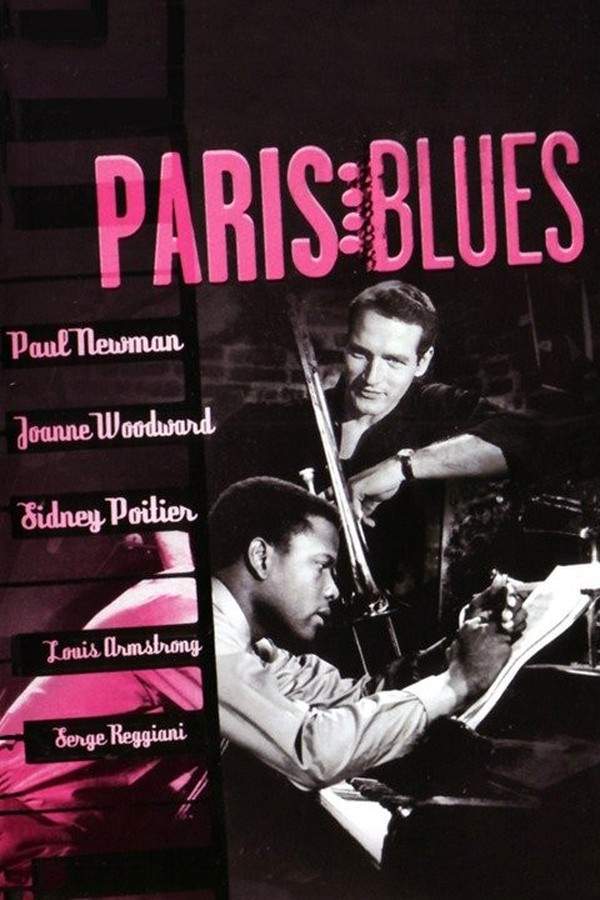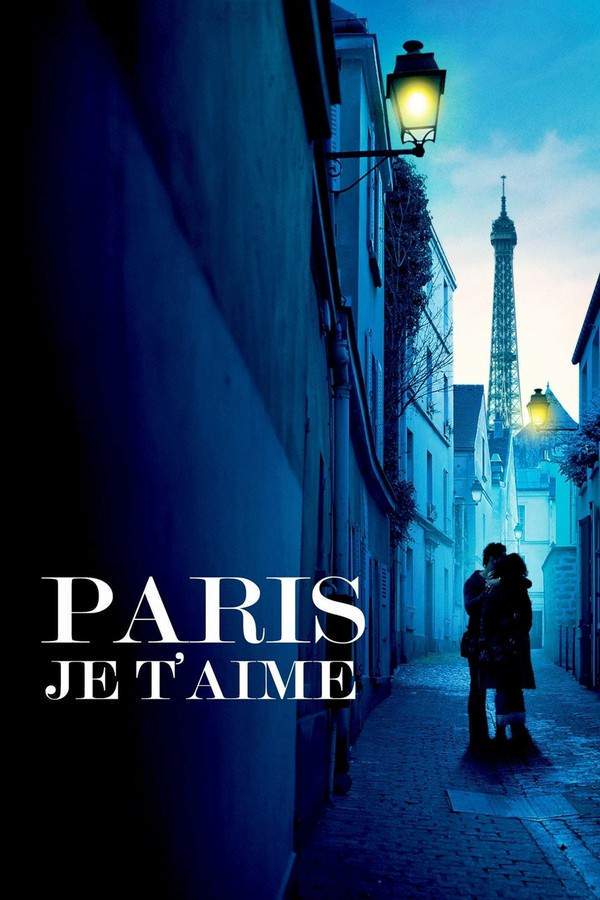
Paris, je t'aime
Year: 2007
Runtime: 120 min
Language: English
Directors: Sylvain Chomet, Olivier Assayas, Alfonso Cuarón, Alexander Payne, Ethan Coen, Joel Coen, Vincenzo Natali, Wes Craven, Gus Van Sant, Walter Salles, Gurinder Chadha, Tom Tykwer, Isabel Coixet, Oliver Schmitz, Daniela Thomas, Richard LaGravenese, Christopher Doyle, Emmanuel Benbihy, Frédéric Auburtin
This touching anthology presents eighteen short stories exploring themes of love and longing within the vibrant city of Paris. Each vignette offers a glimpse into the lives of diverse characters, from fleeting encounters to enduring relationships, revealing the city's romantic and melancholic heart. Through intimate moments in locations like the Bastille and Place des Victoires, the film captures the universal experiences of connection and the complexities of human relationships in a beloved global destination.
Warning: spoilers below!
Haven’t seen Paris, je t'aime yet? This summary contains major spoilers. Bookmark the page, watch the movie, and come back for the full breakdown. If you're ready, scroll on and relive the story!
Paris, je t'aime (2007) – Full Plot Summary & Ending Explained
Read the complete plot breakdown of Paris, je t'aime (2007), including all key story events, major twists, and the ending explained in detail. Discover what really happened—and what it all means.
This anthology feature film showcases eighteen distinct five-minute segments, each capturing unique aspects of loving couples in the enchanting city of Paris, France.
“Montmartre”, directed by Bruno Podalydes, unfolds in the 18th Arrondissement, where we meet a local man, played by Bruno Podalydes, who is struggling to find a parking spot amidst the narrow streets of Montmartre. His frustration mounts as he maneuvers his car into a spot that, although tight, he hilariously manages to fit into. As he waits, he observes couples passing by, pondering why he remains single. His attention is suddenly captured when a woman named Florence Muller faints nearby. Rushing to her aid, he helps her into the backseat of his car to recuperate. Once she awakens, they strike up a cheerful conversation, and she admits she’s en route to meet her tobacconist. He kindly offers her a ride and expresses his willingness to wait for her return, leaving both of them feeling quite uplifted.
In “Quais des Seine,” directed by Gurinder Chadha, the scene shifts to the 5th Arrondissement, where a trio of local teenage boys engage in catcalling passing women by the Seine riverfront. Among them is a boy named Francois played by Cyril Descours, who locks eyes with a young Arab Muslim girl named Zarka, portrayed by Leila Bekhti. Their brief exchange causes Zarka to trip, and as he helps her up, she criticizes the boys for their crude antics. After she hurries off to the mosque, François, smitten, runs to catch up with her. Upon arriving, he meets Zarka’s grandfather, who invites him to join them as they walk together, suggesting the budding of a meaningful connection.
Next in “Le Marais,” directed by Gus Van Sant, we are in the 4th Arrondissement where an American woman and her young French assistant, Gaspard, played by Gaspard Ulliel, visit a small printing company. While the woman engages in business discussions with the shop owner, Gaspard strikes up a conversation with the owner’s assistant, Elie, brought to life by Elias McConnell. Gaspard is clearly infatuated and talks non-stop, but as it turns out, Elie has trouble understanding French. After the woman leaves, Elie makes a beeline after Gaspard, eager to explore the connection sparked during their brief exchange.
In “Tuileries,” directed by the Coen brothers, we find ourselves at an underground 1st Arrondissement metro station. Here, an especially awkward American tourist, portrayed by Steve Buscemi, nervously awaits his train while engrossed in a guidebook warning against making eye contact with locals. Against the odds, he glances over at a couple engaged in a fierce argument, inadvertently locking eyes with a woman, played by Julie Bataille. Suddenly, she’s at his side, pulling him into a fervent kiss, only for her jealous boyfriend, Axel Kiener, to intervene violently. The scene ends with the couple leaving the station laughing, as the bewildered tourist is left reeling from the encounter.
“Loin du 16ème,” directed by Daniela Thomas, takes a poignant turn in the 16th Arrondissement. Here, Ana, played by Catalina Sandino Moreno, is a Spanish immigrant who delivers her baby to daycare while singing a loving lullaby. Following a heartfelt farewell, she embarks on a long journey to her employer’s upscale apartment. Though the employer (who remains faceless) asks Ana to work longer, Ana’s heart feels heavy as she replicates the same lullaby for another baby, drawing a touching parallel between her life and her sacrifices.
In “Porte de Choisy,” directed by Christopher Doyle, Monsieur Henri, portrayed by Barbet Schroeder, struggles to locate a hair product store in Paris’ Chinatown. Upon arriving, Madame Li, played by Li Xin, greets him quite bluntly. Unfazed, he presents his sales pitch, which initially fails to impress, prompting him to leave. But fate intervenes when, at a nearby Buddhist temple, the monk confiscates his phone, only to pass a message from Madame Li about her newfound interest in his products. Their ensuing makeover session culminates in a tender moment where Henri compliments Madame Li’s transformation, evoking a blossoming romance.
In “Bastille,” directed by Isabelle Coixet, a husband, portrayed by Sergio Castellitto, sits at a café in the 12th Arrondissement, lost in contemplation about his terminally-ill wife, played by Miranda Richardson. As the gravity of her condition hangs over him, he resolves to stay with her through her last days. In a heartwrenching turn, years after her passing, a chance encounter with a woman in a red raincoat reignites his memories of love and loss, highlighting his enduring emotional journey.
“Place des Victoires,” directed by Nobuhiro Suwa, sets a somber tone in a small apartment in the 2nd Arrondissement, where Suzanne is engulfed in grief over the death of her son. Played by Juliette Binoche, her sorrow is palpable as her husband, Hippolyte Girardot, attempts to comfort her. When she hears her son’s voice, led by a mysterious Cowboy, portrayed by Willem Dafoe, she is given the chance to reconnect with her lost child, leading to a profound spiritual awakening.
In “Tour Eiffel,” set in the 7th Arrondissement, a quirky mime, played by Paul Putner, entertains himself while reflecting on his past. His story unfolds in a whimsical manner as he navigates through his imaginary surroundings and interacts with people in humorous ways. Following a series of events that lands him in jail, he meets a delightful female mime, portrayed by Yolande Moreau, suggesting the blossoming of their enchanting romance.
Shifting gears, “Parc Monceau,” directed by Alfonso Cuaron, presents an inviting scene in the 17th Arrondissement with a continuous tracking shot featuring Vincent, played by Nick Nolte, who is hurrying to meet his daughter Clare, played by Ludivine Sagnier. It humorously oscillates from anxious moments between a father and daughter worried about a third party named Gaspard, only to reveal that Vincent is the caregiver while Clare enjoys a night out with friends.
In “Quartier des Enfants Rouge,” directed by Olivier Assayas, we meet Ken, a small-time drug dealer who finds himself captivated by a glamorous American actress, Liz, played by Maggie Gyllenhaal. Their encounter signifies a dance of attraction and desperation, leading to a whirlwind of emotions as their paths intermingle amidst the chaotic backdrop of a party scene.
“Place des Fetes,” directed by Oliver Schmitz, introduces Hassan, a young African immigrant portrayed by Seydou Boro, who is being helped by local EMT Sophie, played by Aissa Maiga. As their interaction unfolds, we learn about the sweet love that has bloomed and the struggles they face, blending themes of hope and heartbreak as Hassan’s fate hangs precariously.
In “Pigalle,” directed by Richard LaGravenese, the bar scene comes alive as Bob, a British businessman played by Bob Hoskins, engages in playful banter with Fanny, portrayed by Fanny Ardant. Their flirtation, tied to their underlying relationship complexities, culminates in an argument that showcases their chemistry and shared history, emphasizing the balance of humor and tension in love.
Lastly, “Quartier de la Madeleine,” directed by Vincenzo Natali, offers a stark contrast with a suspenseful horror feel as an American tourist, portrayed by Elijah Wood, stumbles upon a vampire engaging in her sanguine ritual. The transformation from vulnerability to connection plays a key role in this segment, as he finds himself drawn into her dark world.
Finally, “Pere Lachaise,” a piece directed by Wes Craven, takes us to the 20th Arrondissement where the British newlyweds, played by Rufus Sewell and Emily Mortimer, navigate their relationship amidst the plays of Oscar Wilde’s ghost. His presence leads to realizations about love, rekindling the embers of their affection, and guiding them toward reconciliation.
As the film draws to a close, a delightful montage showcases the intertwined lives of these characters across the city, with the final shot capturing the magic of Paris under a spectacular night sky filled with fireworks and illuminated monuments.
Last Updated: May 13, 2025 at 20:30
Unlock the Full Story of Paris, je t'aime
Don't stop at just watching — explore Paris, je t'aime in full detail. From the complete plot summary and scene-by-scene timeline to character breakdowns, thematic analysis, and a deep dive into the ending — every page helps you truly understand what Paris, je t'aime is all about. Plus, discover what's next after the movie.
Paris, je t'aime Timeline
Track the full timeline of Paris, je t'aime with every major event arranged chronologically. Perfect for decoding non-linear storytelling, flashbacks, or parallel narratives with a clear scene-by-scene breakdown.

Characters, Settings & Themes in Paris, je t'aime
Discover the characters, locations, and core themes that shape Paris, je t'aime. Get insights into symbolic elements, setting significance, and deeper narrative meaning — ideal for thematic analysis and movie breakdowns.

Similar Movies to Paris, je t'aime
Discover movies like Paris, je t'aime that share similar genres, themes, and storytelling elements. Whether you’re drawn to the atmosphere, character arcs, or plot structure, these curated recommendations will help you explore more films you’ll love.
Explore More About Movie Paris, je t'aime
Paris, je t'aime (2007) Scene-by-Scene Movie Timeline
Paris, je t'aime (2007) Movie Characters, Themes & Settings
Paris, je t'aime (2007) Spoiler-Free Summary & Key Flow
Movies Like Paris, je t'aime – Similar Titles You’ll Enjoy
Paris (2009) Full Movie Breakdown
Paris, 13th District (2022) Spoiler-Packed Plot Recap
Paris Is Us (2019) Full Summary & Key Details
Full Moon in Paris (1984) Ending Explained & Film Insights
Berlin, I Love You (2019) Movie Recap & Themes
Private Fears in Public Places (2007) Spoiler-Packed Plot Recap
Paris Can Wait (2017) Detailed Story Recap
Lover for a Day (2018) Story Summary & Characters
French Postcards (1979) Ending Explained & Film Insights
2 Days in Paris (2007) Plot Summary & Ending Explained
Paris-Manhattan (2013) Film Overview & Timeline
French Kiss (1995) Movie Recap & Themes
Last Tango in Paris (1973) Detailed Story Recap
An American in Paris (1951) Complete Plot Breakdown
Paris Blues (1961) Full Summary & Key Details



